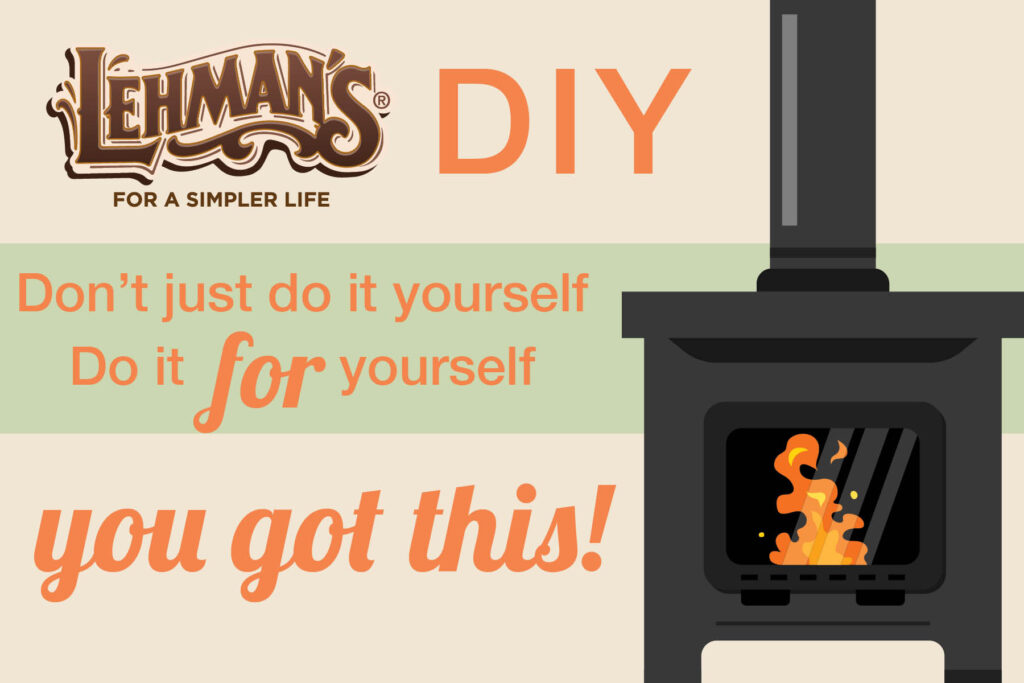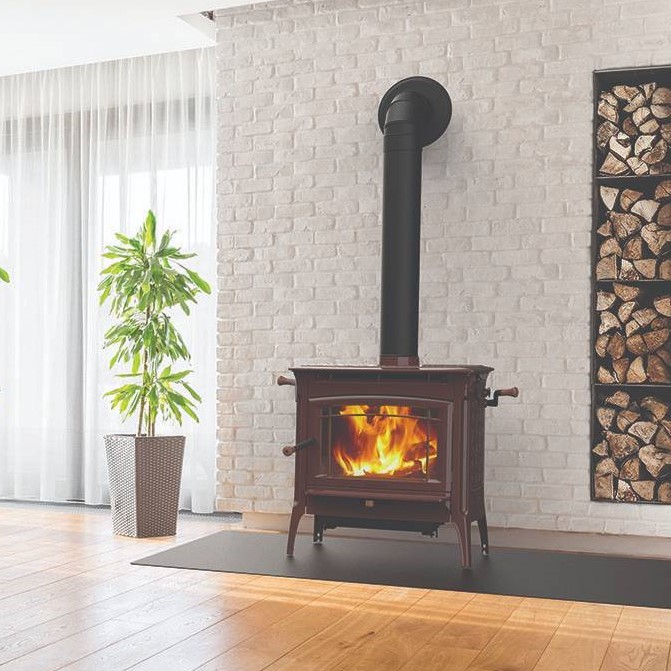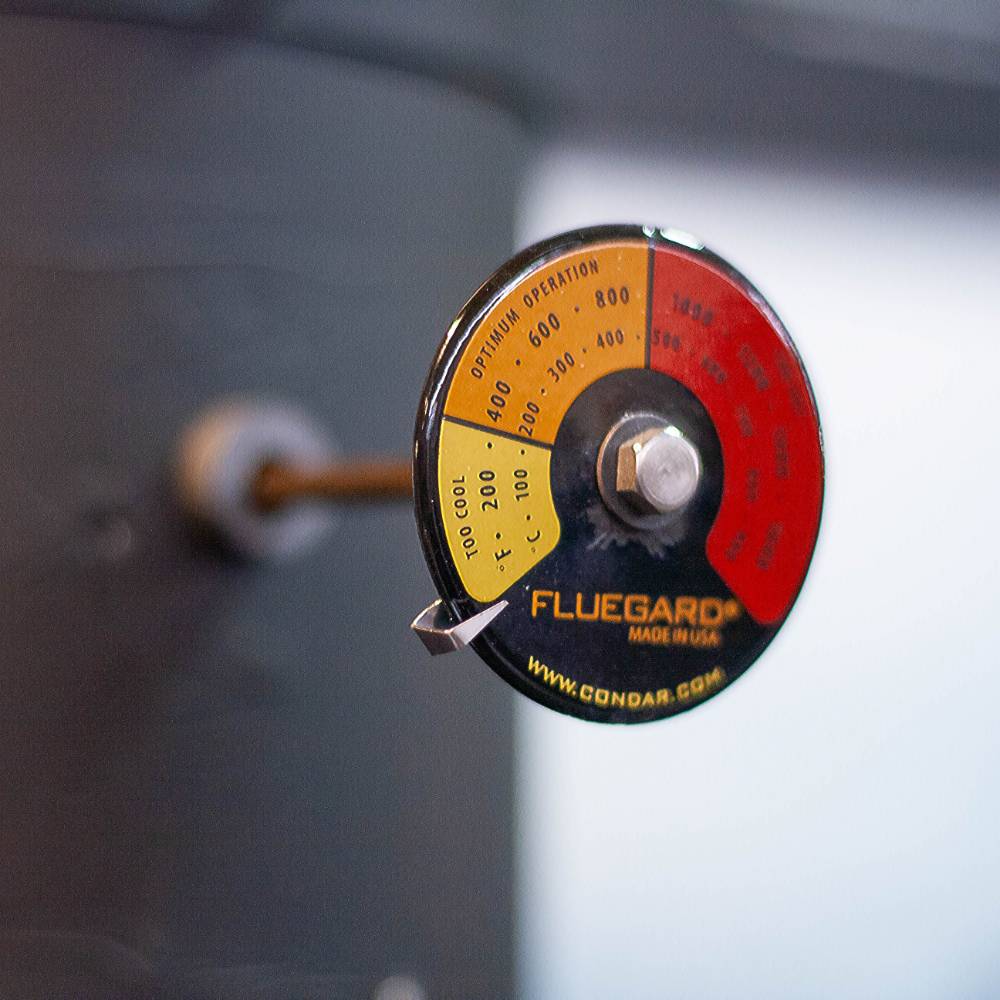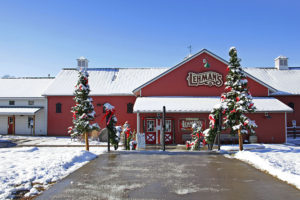 Editor’s Note: Does your wood-burning stove need a little care? Today one of Lehman’s stove experts is sharing with us tips to help keep your wood stove in good working order.
Editor’s Note: Does your wood-burning stove need a little care? Today one of Lehman’s stove experts is sharing with us tips to help keep your wood stove in good working order.
Written by Amanda Burt
5 Ways to Keep your Wood Stove in Tip-Top Shape
- Clean stove glass with fireplace glass cleaner when the stove and glass are completely cool.
- Keep the exterior clean by wiping it down with a dry micro-fiber cloth.
- Have the chimney professionally cleaned and inspected at least once a year.
- If your stove has a catalyst, use a shop vacuum once a month to sweep any ash off the combustor.
- Inspect gaskets yearly and replace when they show wear.
Maintaining your Wood Stove

Choosing the right firewood is important to keep your wood stove clean and operating well. Avoid using softwoods such as pine, fir, or spruce as they can be messy from sap and cause creosote to build up in your stove and chimney. Instead, look for a hardwood that is dry and well-seasoned. Keep wood stacked outside and covered during the winter. If you have a meter to check the moisture content in the firewood; ideally, the wood should test between 15% and 25%.
It is also important have your stove running at optimal temperature which is between 400 – 600 degrees to ensure creosote does not build up.

The most important part of your wood stove or insert is the chimney or stovepipe. The chimney is the “engine” of the stove and without a clean, operating chimney your wood stove will not be able to operate efficiently. We recommend having the chimney swept and inspected yearly by a certified chimney sweep. We have a certified chimney sweep on our team – email homeheatingexperts@lehmans.com and or call 330.857.5757 ext. 3600 to set up an appointment.
The best time to do this is in the summer or early fall before it is time to start using the stove. The chimney sweep should also inspect your stove, stove gaskets, checking for any obstruction from ash build up, and ensure that the catalyst or re-burn air tubes are clear.
A Checklist for Your Wood Stove
At least twice a year take a few minutes to check your stove or insert for the following:
- Gasket: Are the door and window gaskets showing wear? Are they sloppy? It may be time to replace them to avoid the stove/insert over-drafting. Do the “dollar bill test” by inserting a dollar bill between the door and the stove, with the door latched try to pull the dollar bill out, if it slides out easily without resistance your gasket needs replaced or the latch on the door tightened.
- Airways/Catalyst: If the stove is struggling to get hot enough, or if you are noticing smoke building up in the stove, there may be a blockage somewhere in the stove. Check your catalyst, above the baffles in the top of the stove, and re-burn tubes to make sure fine ash hasn’t collected in some point and constricted the airways. Use a shop vacuum or soft bristle brush to remove any ash.
- Firebricks/Baffles: If you notice that a firebrick or baffle in your stove is broken or crumbling, replace it right away.
- Sweep metal chimney pipe with a poly brush. This keeps pipe from getting scratched and creating places for creosote to build up. Sweep clay flues or masonry chimneys with a metal brush.
- Are any metal pieces inside the stove beginning to warp or showing damage? If so, check with the dealer of your stove to see what may be causing this and how to remedy it.






























All good advice. Be sure the chimney sweeps you hire do a thorough inspection of the roofing seal and flashing associated with your wood stove. Above all, please learn how to make the best fire you can that you don’t have to “choke down,” to minimize smoke from the chimney. A few poorly burning wood stoves within a mile of each other can cause a breathing hazard for you and your neighbors.